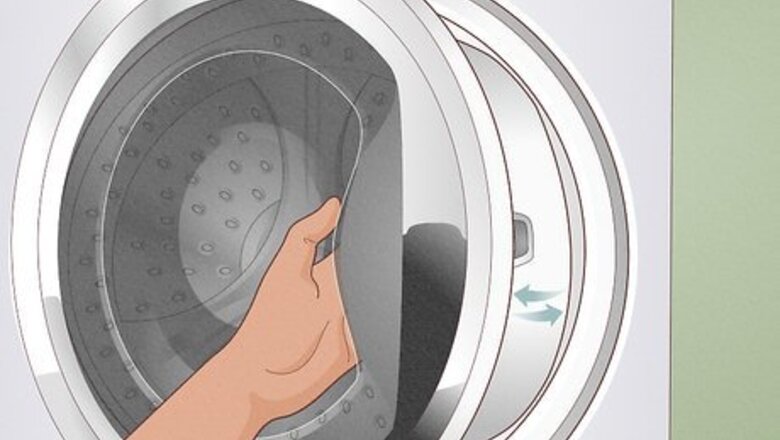
views
The dryer door isn't closed.

Open and close the dryer door to make sure. If the door isn't latched, the dryer will not start. If you have a front-load dryer, make sure there aren't any clothes hanging out of the drum. If clothes prevent the door from making contact with the door switch, the dryer will not get the signal that the door is closed.
It might start differently than you expect.
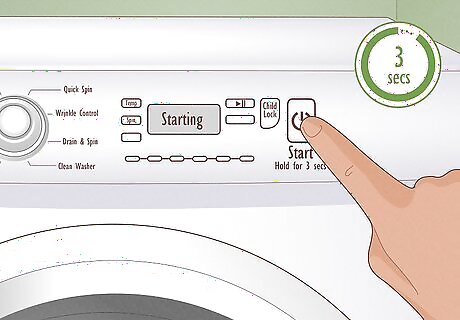
If it's your first time using the dryer, you may be starting it incorrectly. Instead of quickly pressing the Start button, hold it down for several seconds. On some dryers, you'll need to press a Power button and select a cycle before the Start button will turn the dryer on.
Child lock or control lock is on.
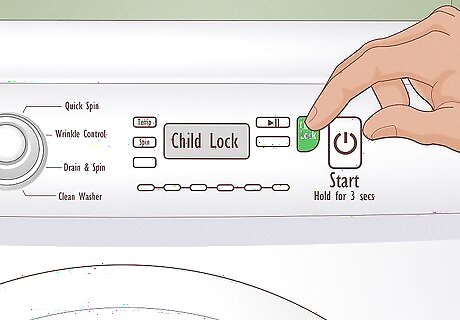
Some dryers with have a control lock or child lock option. These two locked modes are common on dryers that have digital control panels, including many Samsung and Whirlpool dryers. When either mode is on, you typically won't be able to open the dryer door, and pressing buttons on the control panel won't make the dryer start. Check the control panel for a padlock, key, or baby icon, or the word "Lock." If you see one, turn off the locking mechanism. The combination of buttons to press varies by model, so you'll need to check your manual for specific instructions.
The cycle may be set incorrectly.

If the dryer powers on but doesn't start, check the cycle. Some dryers have advanced features like "Automatic mode" that affect how and when the dryer starts. Try putting your dryer into a different drying mode, such as a normal timed cycle, to see if that fixes the problem.
It's not plugged in (or there's an outlet problem).
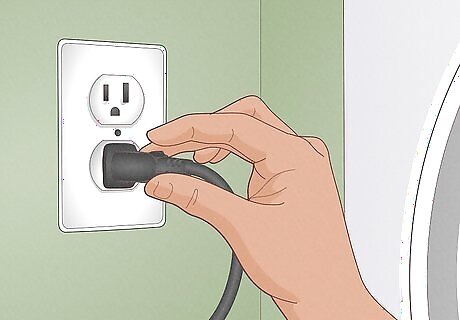
Check the plug to make sure it hasn't come loose. You'll also want to inspect the plug visually to make sure it isn't damaged. The outlet your dryer is connected to must be 240 volts—if the outlet doesn't have enough power, the dryer may not turn on at all. If your dryer has a light inside the drum, open the door to see if the light turns on. If the light is turning on, your dryer has power. If you get power to your dryer, but not correct voltage, parts of dryer may work, and other parts won't. There may be a problem with your dryer power outlet. It's possible that your dryer outlet isn't receiving the correct power because a breaker may have tripped, or there could be a larger electrical problem.
A breaker has tripped.

Head over to your circuit box to check the breakers. While gas dryers only have one circuit breaker, electric dryers have two. If the dryer won't start at all, or if your electric dryer starts but doesn't produce heat, one of the two breakers may have tripped. At the breaker box, look for breakers labeled "dryer" or "laundry" and see if they're off. If so, flip them back on. Also, check nearby power outlets for a GFCI reset button. If the GFCI turned off power due to a ground fault, it may have turned off your dryer's outlet. Press the Reset button on the outlet to see if that resolves the problem. If the dryer turns back on, consider calling an electrician to investigate issues with the outlet and your wiring.
The door switch is broken.

Look at the switch inside the dryer's door. When you close the dryer door, the door switch tells the dryer that the dryer is closed and safe to operate. If the door switch is broken, misaligned, stuck, or burned out, the dryer won't start. First, visually inspect the switch to look for damage. It's usually a metal tab that hangs down at the top-right corner of your front-load dryer, but it looks more like a button on top-load dryers. Press the switch to see if it clicks into place. If the switch feels loose or doesn't click, you'll need a new door switch. Even if the door switch on your dryer seems mechanically sound, its internal circuit may have blown. If you feel comfortable opening your dryer and using a multimeter, you can test the switch for continuity. Before you get started, unplug the dryer, and turn off the gas valve if you have a gas dryer. Check your dryer's manual for instructions on removing the switch. Once removed, place one probe on one of the door switch's terminals and the other probe on the second terminal. If you hear a beep, the door switch has continuity. If there is no beep, you'll need to replace the switch.
The start switch is faulty.

The button you press to turn on the dryer may not be working. If you have a push-to-start dryer, such as those controlled by a dial, the switch may have shorted out. This would prevent the dryer's motor from receiving the signal that you've tried to start the dryer. If you feel comfortable removing the panel from your dryer and using a multimeter, you can test the terminals on the start switch for continuity, similarly to how you'd test the door switch. Always unplug your dryer (and disconnect the gas, if needed) before working on it. The start switch is right where you think it is—beneath the button you press to start the dryer. You'll need to remove the panel to access the switch behind it. Once you remove the switch, place one probe on one of its terminals, and the other probe on the second terminal. If you hear a beep, the start switch has continuity. If there is no beep, you'll need to replace the switch.
The belt has worn down or broken.

If the dryer powers on but doesn't rotate, check the belt. Your dryer's belt, which is just a piece of rubber that wraps around the drum, connects the motor to the drum. If the belt is loose, worn down, or has broken completely, you will need to replace the belt. If you feel comfortable doing so, you can visually inspect the belt by opening your dryer. Before opening it, disconnect the dryer from power (and gas, if you have a gas dryer). Check your dryer's manual for specific instructions on opening the unit. For a front-load dryer, you'll need to remove the top to locate the belt. For a top-load dryer, you'll be able to see the belt once you remove the front panel. If you can see the drum but don't see a belt, it has snapped or slipped off. A replacement is needed. If you do see a belt and it's loose, purchase a replacement belt.
The thermal fuse is blown.
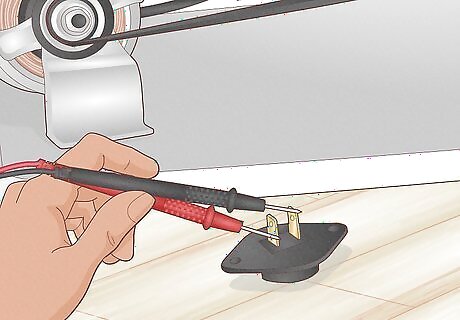
If the thermal fuse stops working, your dryer will usually not turn on. Some dryers may still turn on with a blown thermal fuse but not produce heat. If you feel comfortable opening your dryer and using a multimeter, you can test the fuse for continuity. If the thermal fuse has blown, you can buy a replacement part and insert it yourself without much hassle. Find the location of your thermal fuse using your dryer's manual. If you don't have the manual, you'll typically find it on the manufacturer's website. Unplug the dryer. If you have a gas dryer, disconnect the gas supply. Remove the thermal fuse. With your multimeter in continuity mode, place one probe on one of the fuse's terminals, and the other on the second terminal. If you hear a beep, the fuse has continuity. If there is no beep, the fuse must be replaced. Note: Many times a dryer thermal fuse blows because it's a sign of your dryer overheating. This can be due to a ventilation problem. While replacing the thermal fuse can be a quick fix, you want to have a professional appliance technician investigate the root cause of why your thermal fuse went bad in the first place to avoid further dryer damage, and a possible fire hazard due to a venting problem.
The circuit board or motor needs to be replaced.
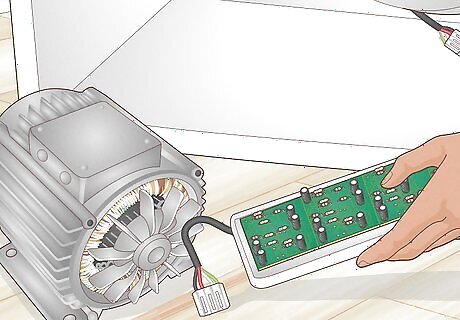
If you haven't found the cause yet, it's time to call a technician. If you have your dryer's manual and feel comfortable doing so, you can open up the dryer and inspect the circuit board for burn marks or shorts. However, if the circuit board or motor no longer works, replacing it may not be worthwhile, depending on the age of your dryer. If your dryer is still under warranty, you can call the manufacturer (or the store, if you have a store warranty) to request a repair—you may not have to pay at all! Otherwise, you can contact an appliance repair shop for additional troubleshooting and advice.




















Comments
0 comment